My travel pattern for 2016 amid the AAdvantage devaluations
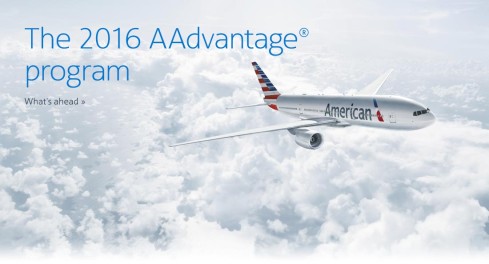 My travel pattern for 2016 amid the AAdvantage devaluations
My travel pattern for 2016 amid the AAdvantage devaluations
While every blogger is writing (and re-writing) about the already known AAdvantage devaluation, I want to share my approach moving forward. For starters, we all knew that American Airlines would eventually devalue their program and match Delta and United. There is really no news about the 2016 program, except the fact that e500 upgrades and SWU will become harder to obtain because they will require more flying.
I also believe that American will eventually enforce a spend requirement (Elite Qualifying Dollars) once their IT department can get around to it post-merger.
For me, however, I will continue to fly American. As some of you may know, I am based out of Washington, D.C. and travel to Miami, FL and Los Angeles, CA the most. American offers non-stop service between both cities and has very decent times for their flights. I also have too much invested on American in terms of million miller balance and AAdantage miles. Connecting on Delta and United would be too much of a hassle, plus Delta miles are crap. United is decent in terms of award miles but their customer service is a stinker. Being out of DCA, and a bit far from IAD, United is just not feasible for me at the moment either.
Since the three legacy carriers now have very similar programs, there is really little choice for consumers. Thank you Department of Justice.
What are you thinking moving forward? American? Delta? United? Southwest? Frontier? Spirit?
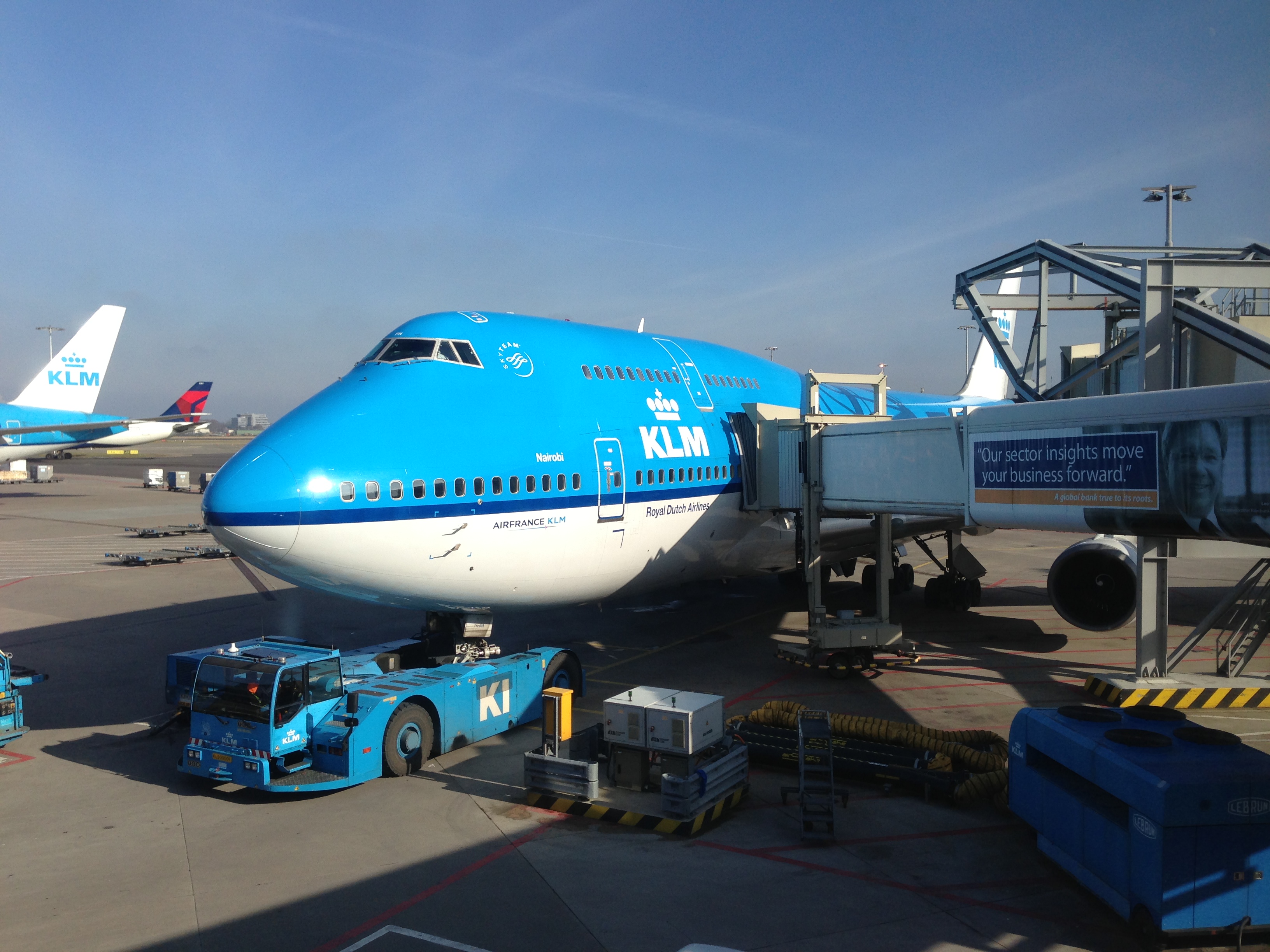
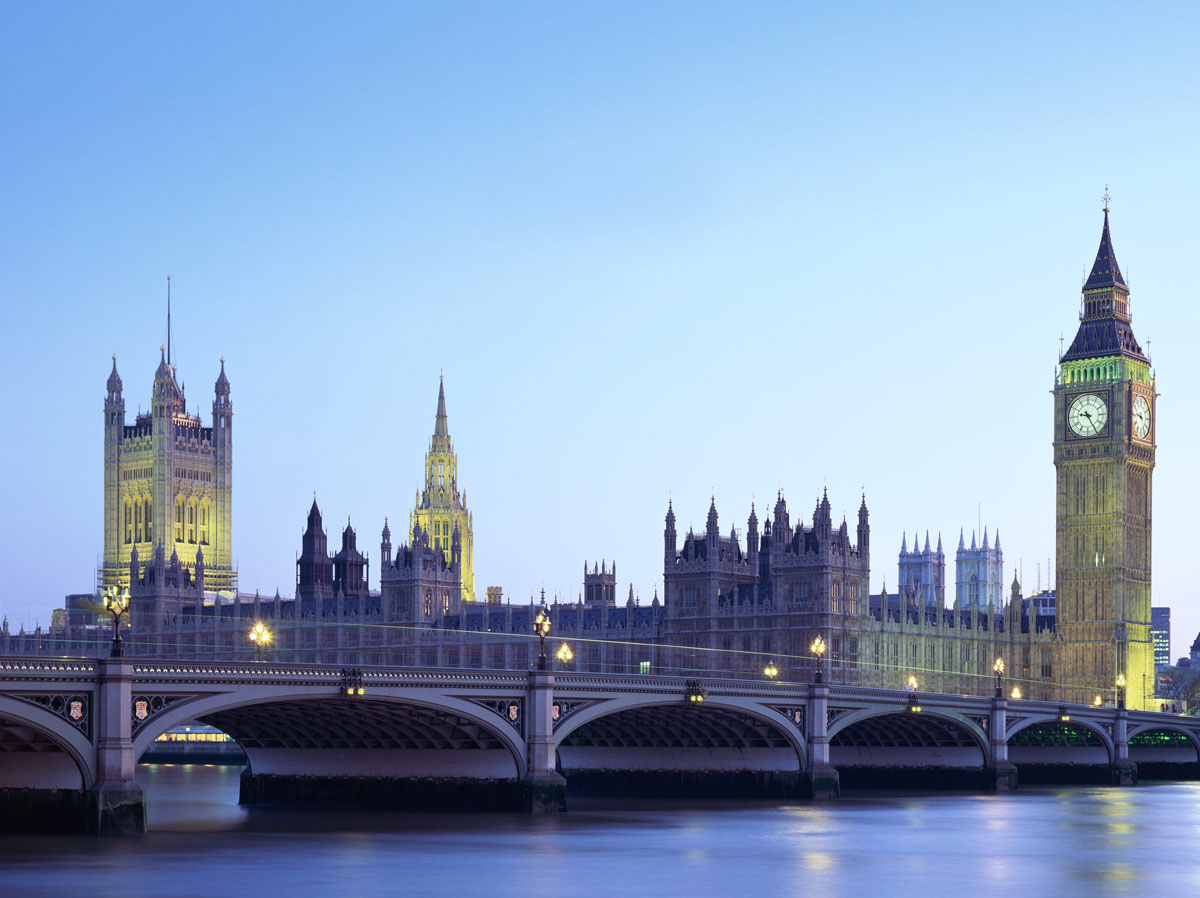
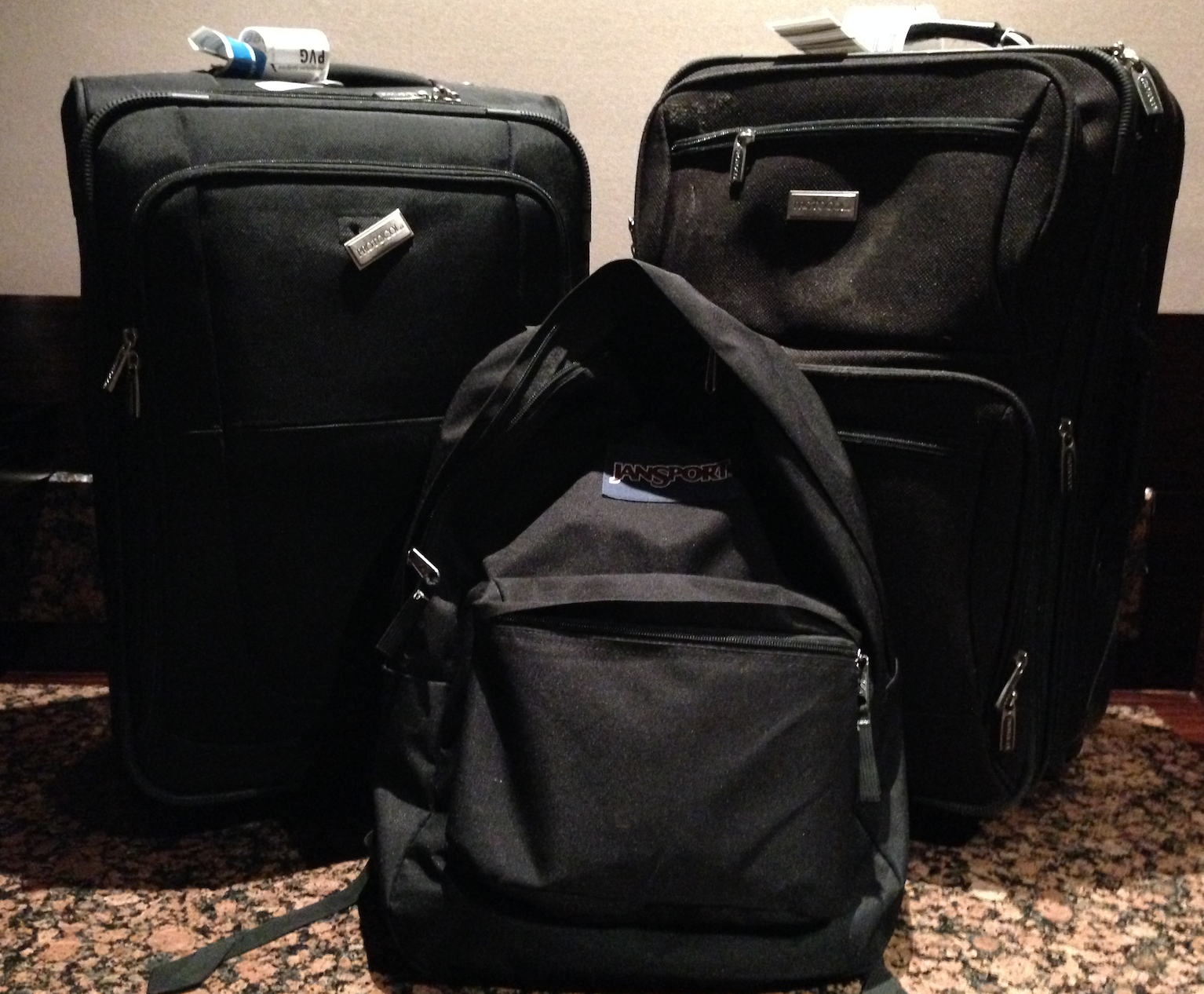


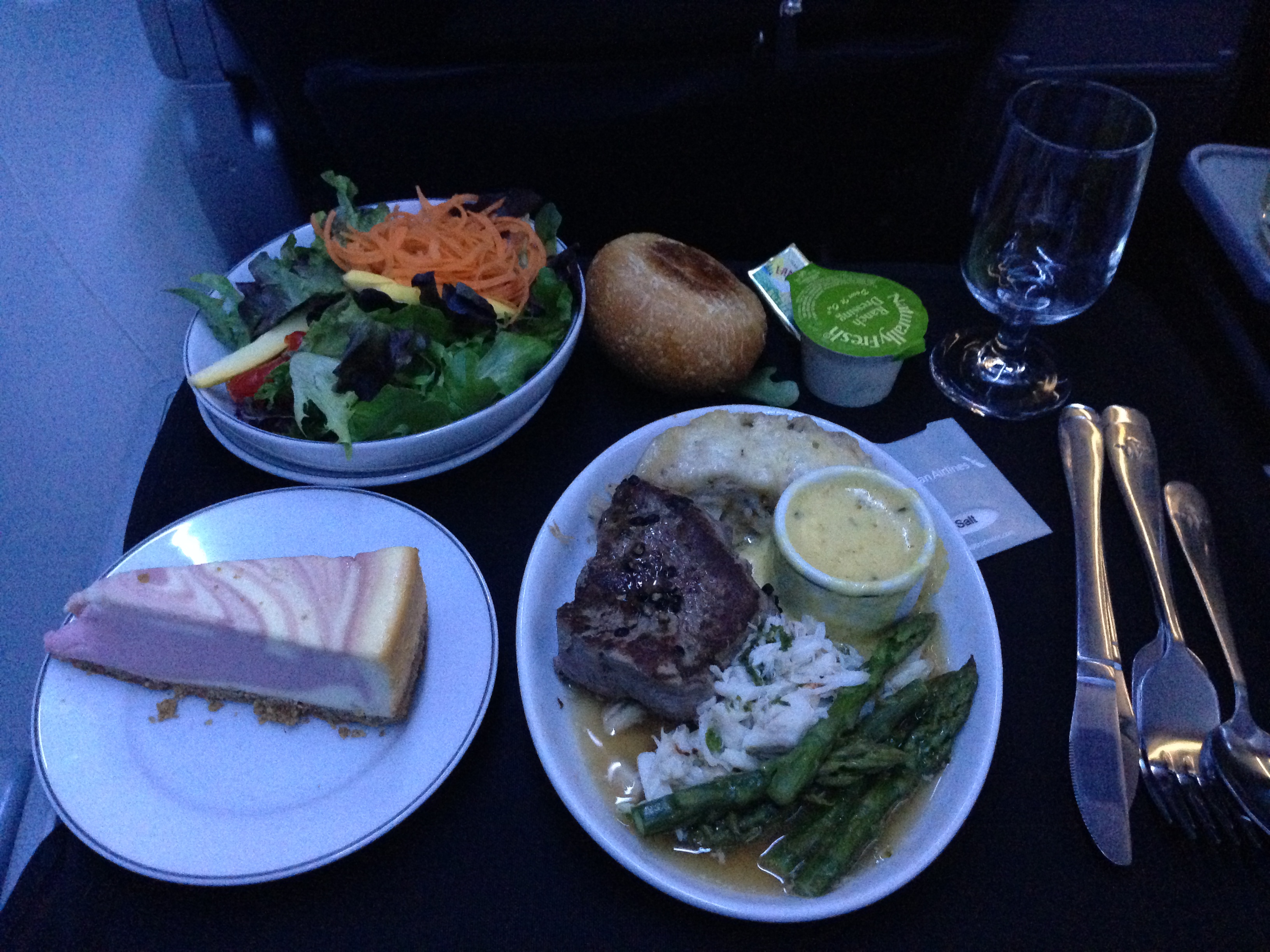

I’m BOS based and thinking seriously about switching to JetBlue after 9 years of executive platinum. Since everybody’s miles are the same now, the nonstops to everywhere on B6 make a big difference.
I applaud your realism. I am laughing at all the AA apologists who seem so shocked that AA would try to normalize its programs with those of its biggest competition in DL and UA. I also agree that AA eventually will add revenue requirements once its IT can accommodate that. AA has little choice but to do so…unless it wants to have more cheap ticket flyers earning elite status–which only pushes more higher spenders to UA and DL.
As for DOJ allowing only 3 legacy carriers, I think it bears mention that DOJ has to allow not only for domestic competition but also for international competition. If DOJ didn’t permit US airlines to have fortress hubs such as we have with UA in SFO, DEN, ORD, IAH, and EWR, with AA in DFW, ORD, MIA, and LGA, and with DL in ATL, JFK, DTW, and SLC, then all of those airlines would be at a serious competitive disadvantage compared to almost all foreign carriers. Most foreign carriers have but a single major hub city in their country (BA at LHR, AF at CDF, TK at IST, EK at DXB, SQ at SIN, JAL/OZ at ICN, JAL/ANA at NRT, CX at HKG, etc) and a few have but 2 major hub cities (LH at FRA and MUN, QS at SYD and MEL). Those foreign carriers have fewer airports to worry about/invest in. US carriers have FAR more. Only Chinese airlines now have even remotely a comparable challenge, but they haven’t yet grown their domestic market to surpass that of the USA, let alone their international routes to compete with what the US carriers can offer. So it is a reduction in domestic competition by allowing those fortress hubs…but the US also has domestic competition with Southwest, Alaska, and JetBlue, among a few others, with national reach on many but not all routes served by the legacy carriers. Trust me when I say that there is less monopoly and more choice in the USA than there is in Australia, Western Europe (within each nation), and Africa. Only Asia really has intense competition akin to what the US domestic market looks like.
Thank you for your insight, Bill. You bring up a good point regarding U.S. airlines needing an advantage for international travel.